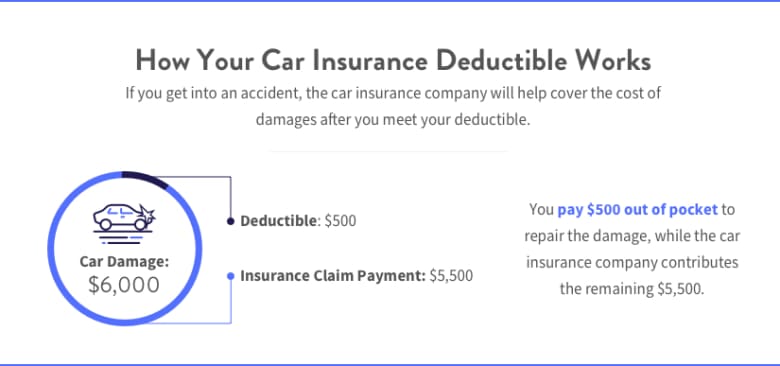A car insurance deductible is what you pay out of pocket when you file a claim for repairs. You pay the deductible first, then your insurance covers the rest. This should be expected for collision and comprehensive insurance, and sometimes for other types like Personal Injury Protection.
The amount you choose for your deductible can affect how much you pay in premiums. When picking a deductible, consider your budget, how often you drive and any state-specific rules. There are also ways to avoid paying a deductible altogether.















